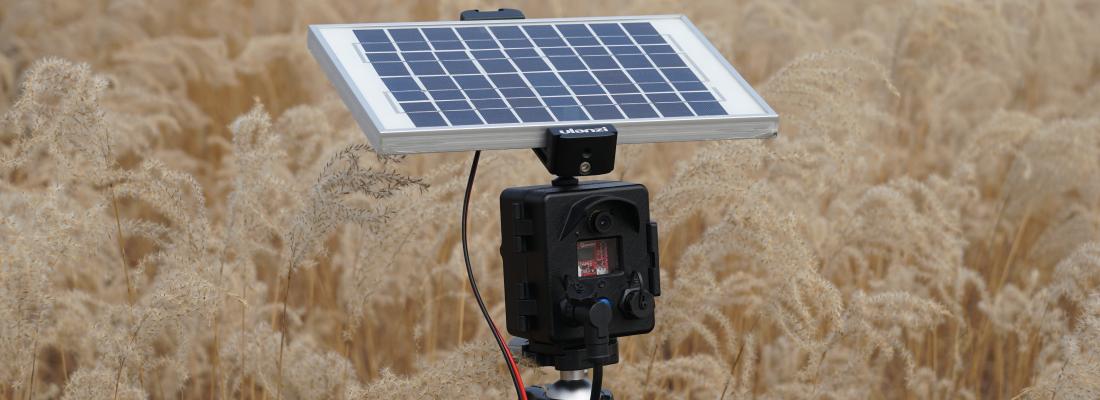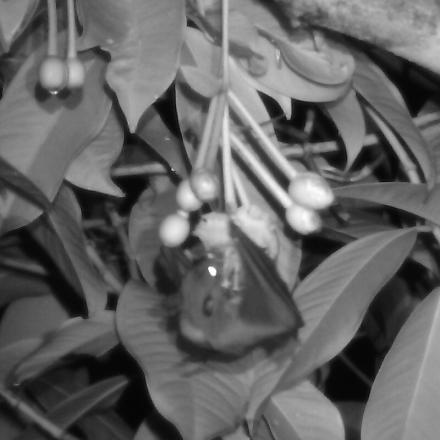Biodiversity Reading time 3 min
Monitoring biodiversity: an embedded camera that captures even the most elusive organisms
Published on 29 October 2024

Keeping track of biodiversity is essential to manage and protect it, but researchers often find it difficult to monitor or detect due to the small size of certain species, their elusive nature or inaccessibility. Technology has become an invaluable tool to identify species and study their behaviour. In fact, researchers often use camera traps, which are strategically placed and activated by motion detection sensors triggered by heat.
This kind of system, however, depends on animals being close enough or large enough, which means it cannot detect other organisms such as insects (too small), bats (too fast), birds (too far away) or plants (immobile). Additionally, since the trigger is not related to the content of the image, false positives can occur, for example, if a branch falls, as well as false negatives, if the surrounding heat is too intense.
A new technology: the embedded vision camera
An international team at Westlake University (Hangzhou, China) in collaboration with INRAE has developed an embedded vision camera capable of analysing images continuously and in real time.
In this system, the camera executes algorithms to extract information from live images using pattern recognition with motion and object detection, which is not possible using camera traps.
Based on this technology, the research team has designed lightweight, waterproof, battery-powered cameras that can be deployed in the field. The camera can be fitted with different lenses to vary the angle and focus on different organisms. The battery of the device lasts several days, but it can also be connected to an external battery or small solar panels.
Observing the invisible: the example of Durian pollination
To demonstrate the effectiveness of this device, the researchers tested it in 6 case studies, both in temperate and tropical regions of China. They were able to automatically detect flying bats and their insect prey, nocturnal insect pests in paddy fields, swimming Mandarin ducks, bees pollinating rapeseed crop flowers and carnations flowering on the ground.
The most emblematic example is that of fruit bats pollinating Durian flowers. On the island of Hainan, in southern China, researchers set up their embedded vision camera near a Durian tree during the flowering period. Although fruit bats are known for their pollination services, there had been no evidence of this occurring in this part of the world, which led to flowers being pollinated by hand in order to produce South-East Asia's ‘king of fruits’. The camera was set up for 12 consecutive nights, allowing researchers to obtain 122 images of fruit bats, 59 of which showed the mammal pollinating flowers.

The device has proven its effectiveness in a wide range of applications, from behavioural studies to landscape ecology and agronomy. It could also be useful for nature parks, as the device can operate without power supply or internet connection. A commercial version of the system has been developed, patented in China and available internationally. An open-access 3D printable version is available and being developed by the INRAE researcher and his new team of collaborators and partners in France.
Reference:
Darras K., Balle M., Xu W. et al. (2024). Eyes on nature: Embedded vision cameras for multidisciplinary terrestrial biodiversity monitoring. Methods in Ecology and Evolution, DOI: https://doi.org/10.1111/2041-210X.14436
